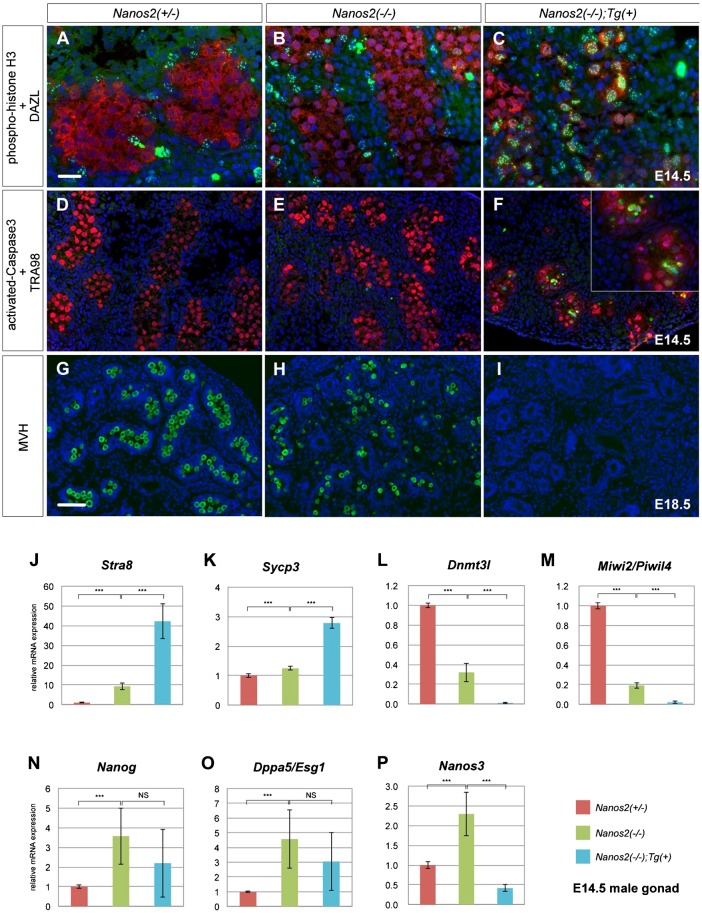Fig. 3. Loss-of-function of both NANOS2 and NANOS3 causes more severe phenotypes than those of Nanos2-null mice.
(A–I) Sections of male gonads from embryos with Nanos2+/−, Nanos2−/−, and Nanos2−/− with Flag-tagged NANOS2-ZM were immunostained with antibodies against pH3 (green) and DAZL (red) at E14.5 (A–C), activated caspase-3 (green), and TRA98 (red) at E15.5 (D–F), and MVH (green) at E18.5 (G–I). DNA was counterstained with DAPI (blue). Scale bars, 20 µm in A for A–F and 50 µm in G for G–I. (J–P) RT-qPCR analyses of the expression of Stra8 (J), Sycp3 (K), Dnmt3l (L), Miwi2/Piwil4 (M), Nanog (N), Dppa5/Esg1 (O),and Nanos3 (P) genes in Nanos2+/−, Nanos2−/−, and Nanos2−/− with NANOS2-ZM male gonads at E14.5. The data are shown as average relative mRNA levels±SDs (n = 3); ***P<0.0001 as determined by Student's t-test.

